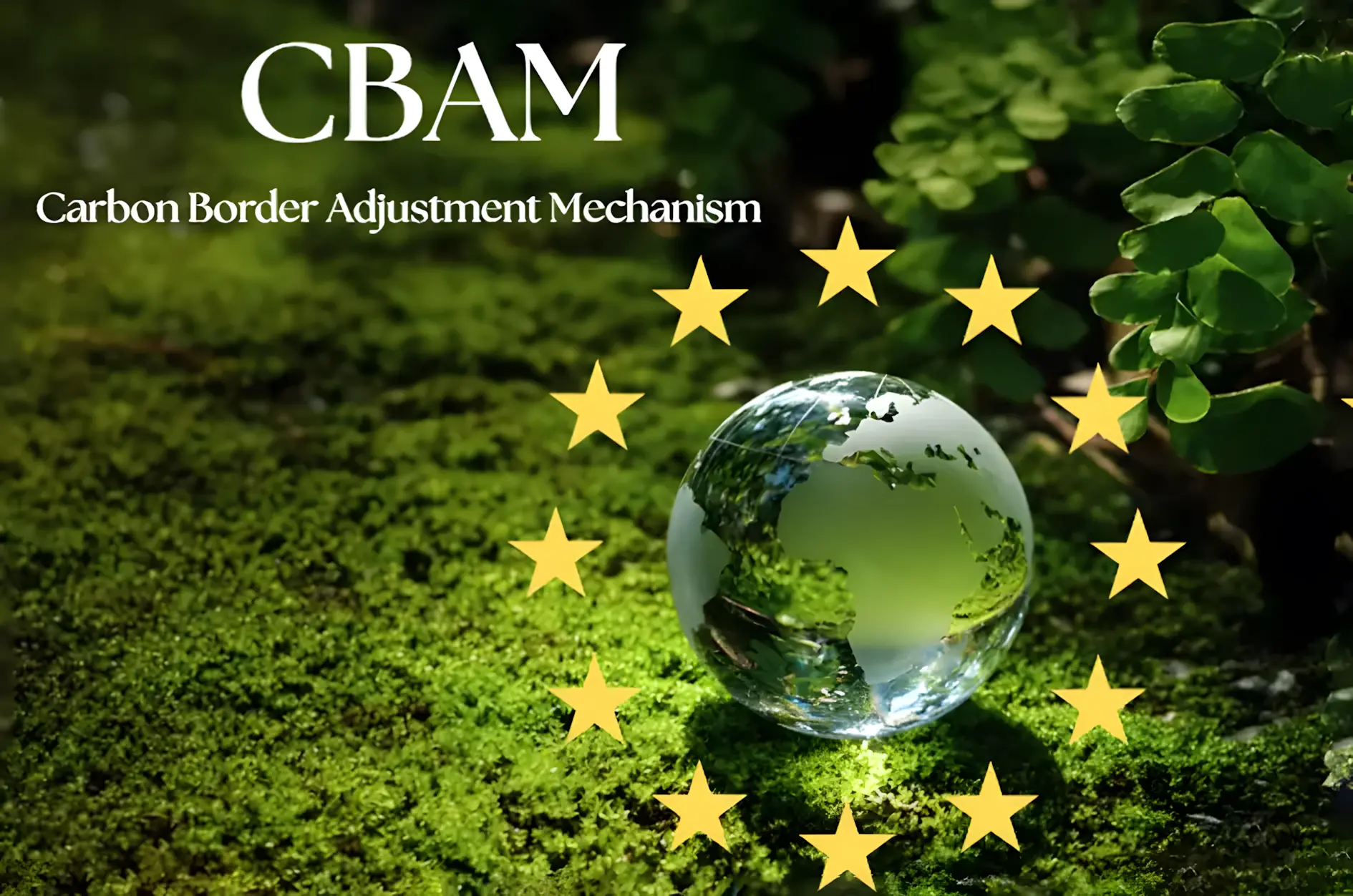CBAM – New EU Carbon Tax. What Does It Mean for Your Company
22 May, 2025
In the face of tightening EU climate policy, CBAM – the Carbon Border Adjustment Mechanism – is becoming a key tool to combat so-called carbon leakage. This refers to the phenomenon of moving production outside the EU to countries with less stringent environmental regulations. For many companies, this means the need to implement new practices for carbon footprint calculation and adapt to reporting obligations.

Table of Contents
- CBAM – Definition and Purpose of the Mechanism
- Stages of CBAM Implementation
- How Does CBAM Work in Practice?
- Who Is Affected by the New Obligations?
- Reporting Obligations and Penalties for Non-Compliance
- Impact of CBAM on Manufacturing Companies and the Import Sector
- CBAM and Carbon Footprint – New Reporting Standards
- How to Prepare? Tools and Best Practices
- Summary: Opportunity or Threat?
CBAM – Definition and Purpose of the Mechanism
CBAM is an innovative EU climate policy instrument that introduces a “carbon tax” on imported goods produced in a highly emissive manner. Its goal is to level the playing field between EU producers and those from outside the community, as well as to encourage trading partners to invest in clean energy and low-emission technologies.
Stages of CBAM Implementation
CBAM is being implemented gradually. Currently (since October 2023), a transitional phase is underway, focusing on reporting emissions related to the import of selected goods. From 2026, the mechanism will be fully operational – along with the obligation to purchase CBAM certificates reflecting the CO₂ content in imported products.

How Does CBAM Work in Practice?
Importers to the EU will be required to provide data on CO₂ emissions associated with the production of imported goods. Based on this, they will purchase special CBAM certificates corresponding to their carbon footprint. The system initially covers goods such as cement, steel, aluminum, fertilizers, hydrogen, and electricity.
Who Is Affected by the New Obligations?
CBAM applies to importers operating in the EU market, as well as manufacturing companies cooperating with suppliers from outside the EU. Companies from energy-intensive industries and those relying on global supply chains are particularly at risk.
Reporting Obligations and Penalties for Non-Compliance
Since October 1, 2023, importers must report emissions related to the import of covered products quarterly. Failure to report or providing incorrect data may result in high financial penalties of up to 50 EUR for each ton of emissions not reported in accordance with the requirements.
Impact of CBAM on Manufacturing Companies and the Import Sector
The new mechanism enforces increased transparency and detail in environmental data. This means the need to use standardized emission calculation methods – both at the organizational and product levels. Companies that have previously invested in sustainable development may gain a competitive advantage.
CBAM and Carbon Footprint – New Reporting Standards
To meet CBAM requirements, companies must skillfully calculate and report their carbon footprint in accordance with GHG Protocol and ISO 14067 standards. The NEOGAGE Carbon Footprint application is a modern tool that enables:
- calculation of product (PCF) and organization (CCF) carbon footprints,
- generation of reports compliant with EU requirements,
- sensitivity analysis and optimization of reduction actions,
- preparation of data for audits, inspections, and grant programs.
How to Prepare? Tools and Best Practices
Companies wishing to avoid risks related to CBAM should:
- implement tools for emission recording and calculation (e.g., NEOGAGE Carbon Footprint),
- train teams responsible for reporting,
- monitor legislative changes and the CBAM schedule,
- cooperate with suppliers to obtain the necessary data.
Summary: Opportunity or Threat?
CBAM is not just a regulation – it is an impetus for industrial and energy transformation. For companies open to change, it can be an opportunity to strengthen their position in the EU market, gain access to grants, and build a competitive advantage based on transparency and sustainable development.